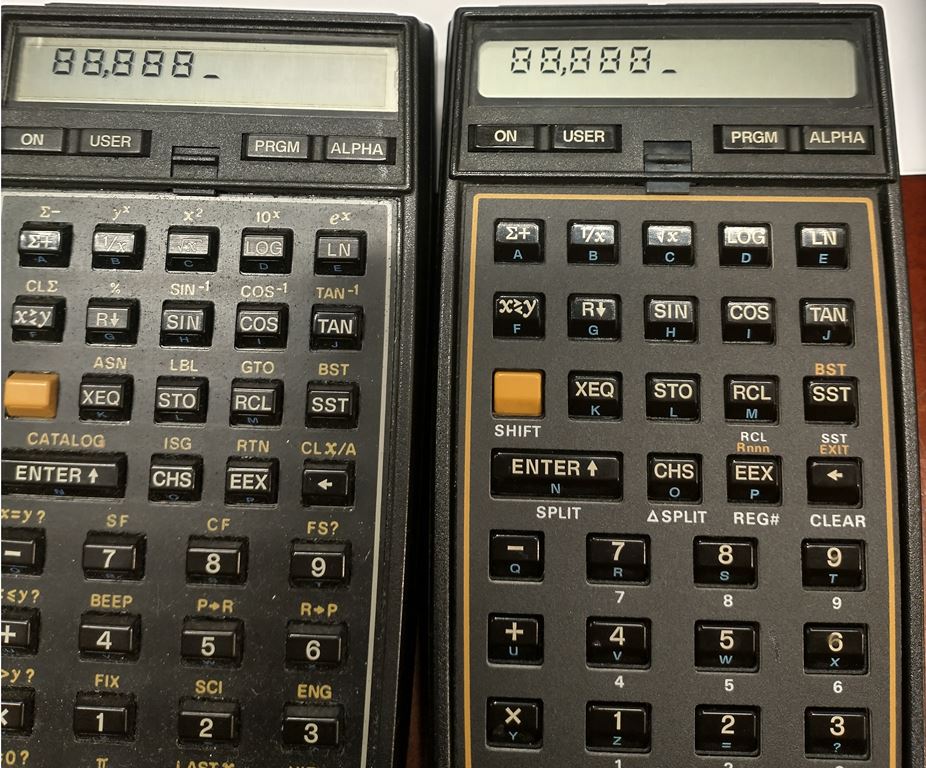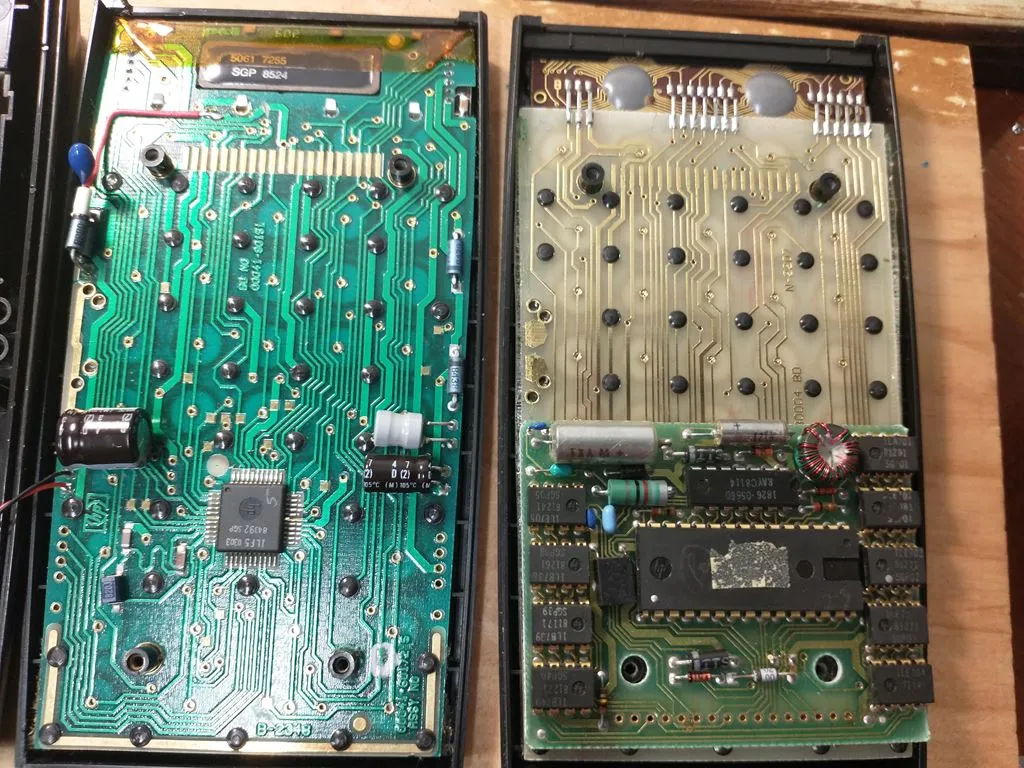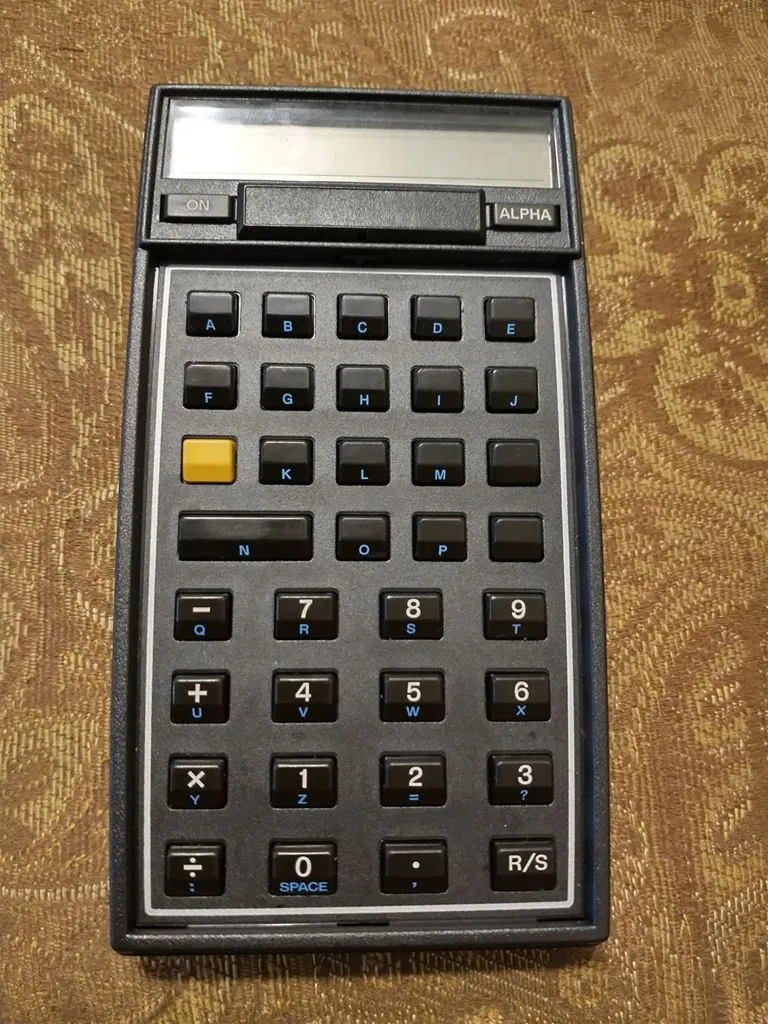The HP-41 family of calculators has three members: the HP-41C, HP-41CV and HP-41CX. The first to be introduced (HP-41C) was manufactured at first in the USA, and many USA models exists. The second (HP0-41CV) was also manufactured in the USA for a very limited time but few such calculators exists because the production was moved quickly after introduction to Singapore. The third model (HP-41CX), the last to be introduced and the most advanced in the class, to my knowledge was manufactured exclusively in Singapore.
The full nut version was the original design of the calculator. After a while, the calculators were redesigned and simplified, and this is how the “half nut” (halfnut) version appeared. The HP-41C exists in only one version: the so-called “full nut” (or fullnut). The HP-41CV and CX exists in both full nut and half nut versions.
If you are asking how the names were invented, I personally have no idea. If you do, please let me know so I can add the information.
The differences between the versions are the following: display (visible externally) and construction (not visible).
The display mask is a little rounded for the later half-nut version, the LCD is a new design and the segment shapes are a little different. Please see below an image of the full nut (left) and the half nut (right). The image on the left is an actual HP-41C and the one to the right is a HP-41CX but there are no obvious differences in appearance between them except for the display shape.

The full nut version has a better contrast and slightly thicker LCD segments and many people prefer the display to the later version. I am one of them.
The second and more important difference is the single board design for the half nut version. The original calculators had a calculator board separate from the keyboard, the two parts were kept in contact by simple pressure from the lower two mounting screws. These screws often failed and caused intermittent / bad contact. The new design is single board and the issue of the bad contact was therefore resolved. The new design also used newer electronics, the calculator is now integrated on one chip only.
Below is the image of the two versions (both are from a HP-41CV version). Please note that the full nut version (the right side of the image) has the lower plastic posts severed, and that is what caused the calculator to fail (the speaker is also missing from the calculator board). For the half nut version (the left side of the image) the speaker wires can be seen going to the left.

I hope this brings some clarity and gives an answer to the question “what is the difference between full nut and half nut versions”!
There is a third form of HP-41CV “nut” the blanknut. This is a HP-41CV built without ley labels on some keys for customers who delivered it bundled with custom software, usually with custom overlays too. Here is how such a nut looks like:

If you have questions, please use the form below.
